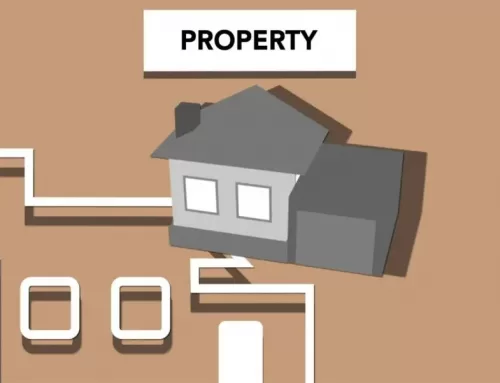LAST year, IDB regional Caribbean head Therese Turner- Jones took six Caribbean ministers of information on a trip with her to visit the Baltic nation of Estonia. Even smaller than Jamaica at 1.3 million people, and with no natural resources other than forests, Estonia has become a technological powerhouse over the last few decades. The purpose of the trip was to study what the future of a genuinely digital society could look like for our small Caribbean countries.
In the context of a response to COVI-19, the “lessons” from this trip become even more important, as it is no longer acceptable from a health standpoint to subject our population to standing in line to access key government (and private sector) services such as banking, not to mention the mammoth loss of time and productivity already involved. We need look no further than the recent difficulty in the Government delivering “compassionate” relief to hundreds of thousands of its citizens, as outlined by Finance Minister Clarke at the prime minister’s Sunday press conference.
In Estonia, according to President Kersti Kaljulaid, a majority of government services are offered 24/7 online, and data integrity is ensured by blockchain technology. You can use medical prescriptions, file taxes, and even buy a car online without needing to go the vehicle registration office. She asks two key related questions — why do you spend your life waiting in line for a piece of paper that proves you are you, and why do people normally expect better services from private companies than from their own government?
It should be noted that while Estonia became independent in 1918, it is effectively a “newer” country than Jamaica, having been part of the former Soviet Union for decades after the second world war before becoming independent again in 1991. After regaining independence, they did not have a network of tax offices or other key government services, and its bureaucracy as a communist country was greater than anything experienced by any Caribbean country.
According to Turner-Jones, the key point of the trip was to study the Estonian Digital ID, which Estonians have had for nearly two decades. This chip-enabled card can be used as an identification document for crossing borders in Europe, to sign and time stamp documents, when applying for different public services, to pay fines and taxes on line, to query the registries, or to simply send encrypted e-mails. While it has been developed into a fully recognised online passport for citizens, personal data does not belong to the Estonian State, but to the individual.
Turner-Jones notes that with a one time “population” of your biographic data, the ID becomes the key to opening a bank account and accessing your money, with a time stamp every single time someone accesses your data, for example if a policeman tried to access his wife’s data.
Classroom, tax and health data would be under different buckets of data, so you could authorise your doctor to access all the data in the health bucket. The owner of the data, you, has to say who can access the data. Every time the card, which has a two-tiered authentication system, is swiped you get an e-mail.
THE TRUST DEFICIT
Turner-Jones notes that in the Caribbean, like elsewhere, there is a trust deficit, particularly reagrding people having access to your data, so there is little digitisation. In Estonia, a small group of public servants makes sure it works. Having had to defend itself against cyber attacks from Russia, Estonia is now number one on the world cyber security index.
Since 2008, even before the first bitcoin white paper was published, Estonia was using blockchain technology for data security, which it called “hash–linked time stamping” at the time. They view blockchain as “digital defence dust”, as with blockchain it is possible to discover any and all changes to digital data, no matter how small, no matter by whom, immediately and with zero error.
To prevent fraud, sensitive data is not kept on the blockchain, which relies on numerous “eyes” for security. What is kept on the blockchain is the “hash values” or digital fingerprints of the original data which, like your own fingerprints, uniquely represent you but while representing the original data, by itself, does not allow one to know anything about the data.
On their trip, some countries had asked whether one needed to go back and digitise all the old records first. Estonia’s advice – don’t go back, just start and get the rewards of efficiency.
The cost of becoming an e-citizen of Estonia is only 300 euros, and this allows one to open a company, and its bank account, in 18 minutes, with both notaries and lawyers digitised.
She notes that giving everybody e-citizenship is a great planning tool, allowing a data-driven, empirical, evidence-based framework, such as predicting where one should put the next school, farmers knowing where farms are located, and so on.
While some may regard this as Orwellian (she admits), as a small country trying to be competitive, with only “forests and knowledge” to sell, they needed to “leapfrog the way they do business and public services”.
Turner-Jones notes that “COVID-19 presents a perfect opportunity as there were lots of things one couldn’t do before March 11th, but now its impact forces us not to want to go back to the old ways”.
She notes that in the Government, PICA has the “best reputation”, and that such a move would allow one “to feel good about the whole of government”.
Amongst the largest beneficiaries of a digital ID, secured by blockchain technology, maybe the financial sector, particularly the key area of financial inclusion.








Leave A Comment